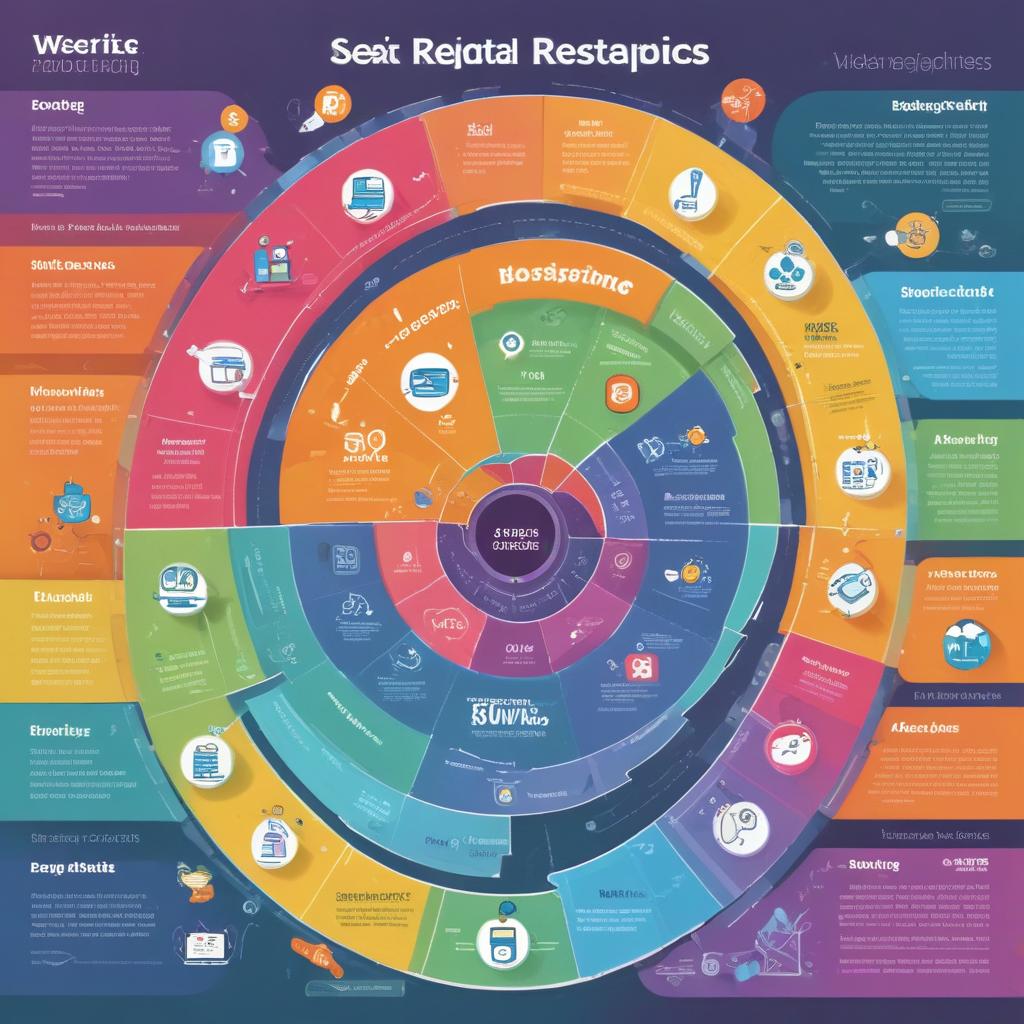How to Write Compelling Meta Descriptions that Boost Click-Through Rates
Understanding the Importance of Meta Descriptions
Meta descriptions are often the first impression your content makes on potential visitors. These HTML attributes provide a brief summary of a webpage’s content and are crucial for both SEO and user engagement. In fact, research shows that compelling meta descriptions can significantly boost your click-through rates (CTR) by as much as 5.8%.
Why are meta descriptions so important? Here are a few key reasons:
- Visibility in Search Results: Meta descriptions appear in search results beneath the page title, helping users decide whether to click on your link.
- Keyword Relevance: Including relevant keywords can directly impact your visibility, as Google tends to bold these keywords in search results.
- Enhanced User Experience: A well-crafted meta description provides context about the content, which can improve the user’s search experience.
Common Challenges with Meta Descriptions
Many website owners struggle with creating effective meta descriptions. Here are some common challenges they face:
- Length Limitations: Meta descriptions typically need to be within 150-160 characters, making it difficult to convey a message effectively.
- Creating Unique Descriptions: With multiple pages, it can be tempting to reuse descriptions, which isn’t beneficial for SEO.
- Lack of Actionable Language: Generic wording can deter clicks; your description needs a strong call to action.
- Ignoring Target Audience: It’s crucial to tailor your descriptions to the expectations and needs of your audience.
Crafting Compelling Meta Descriptions
To overcome these challenges, you can implement effective strategies for writing compelling meta descriptions that not only summarize your content but also entice users to click. Here are some tips:
1. Keep it Concise and Informative
Aim for around 150-160 characters. Be direct about what the user can expect if they click through.
- Focus on the primary message: Summarize the main benefit or information succinctly.
- Avoid jargon: Use easily understandable language that resonates with your target audience.
2. Use Action-Oriented Language
Incorporate strong verbs that encourage users to take action. Phrases like “discover,” “learn,” and “explore” can make a significant difference.
3. Tailor to Your Audience
Identify the target audience and tailor the descriptions to their preferences. Understanding the audience’s pain points can help create compelling narratives.
4. Include Keywords Strategically
While it’s essential to include relevant keywords, do so naturally. Overstuffing keywords can lead to penalties from search engines.
5. Implement Unique Descriptions
Every page on your website should have its own unique meta description. This helps improve SEO and user experience.
6. Test and Optimize
Regularly test different versions of your meta descriptions to see which ones yield higher CTR. Use A/B testing to determine what works best.
How Algoboost.io Can Help You Optimize Meta Descriptions
Algoboost.io is designed to tackle these common SEO challenges, helping users create optimized and compelling meta descriptions effortlessly.
Features of Algoboost.io
- SEO Analysis Tools: Algoboost.io provides in-depth analysis of your current meta descriptions and suggests improvements based on best practices.
- Keyword Suggestions: The platform generates keyword suggestions tailored to your content, helping you optimize your descriptions for search engines.
- Performance Tracking: Track the performance of your meta descriptions over time to see how changes impact your CTR.
- Template Generation: Access pre-built templates for various industries to jumpstart your meta description writing.
- Competitor Insights: Understand what works for your competitors by analyzing their meta descriptions, allowing you to learn from their successes and areas for improvement.
SEO Insights Beyond Meta Descriptions
While crafting compelling meta descriptions is vital, remember that they are just one piece of the broader SEO puzzle. Here are a few additional SEO strategies to consider:
1. Optimize Headers and Content
Ensure that your headers (H2, H3, etc.) are keyword-rich and relevant. This helps search engines understand the content structure and context.
2. Mobile Optimization
With over half of web traffic now coming from mobile devices, ensure your website is mobile-friendly. Google prioritizes mobile-optimized sites in search results.
3. Fast Loading Times
Page speed is a critical ranking factor. Optimize images, leverage browser caching, and consider a content delivery network (CDN) to improve load times.
4. User Engagement Metrics
Monitor metrics like bounce rate and average time spent on the page. Engaging content can help improve these metrics, indirectly benefiting your SEO efforts.
Conclusion
Crafting compelling meta descriptions is a crucial step in enhancing your SEO strategy and increasing your click-through rates. By focusing on concise, action-oriented language tailored to your audience, and utilizing tools like Algoboost.io, you can navigate the challenges of meta description creation with ease.
Ready to take your SEO strategies to the next level? Learn more about how Algoboost.io can streamline your SEO efforts and help you write compelling meta descriptions that boost your click-through rates!





